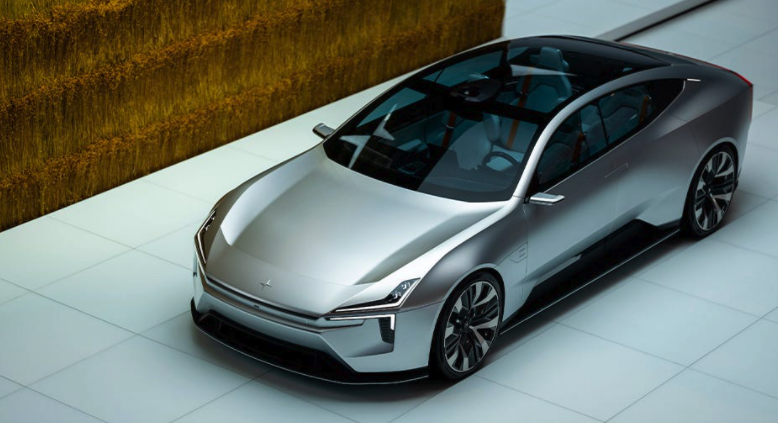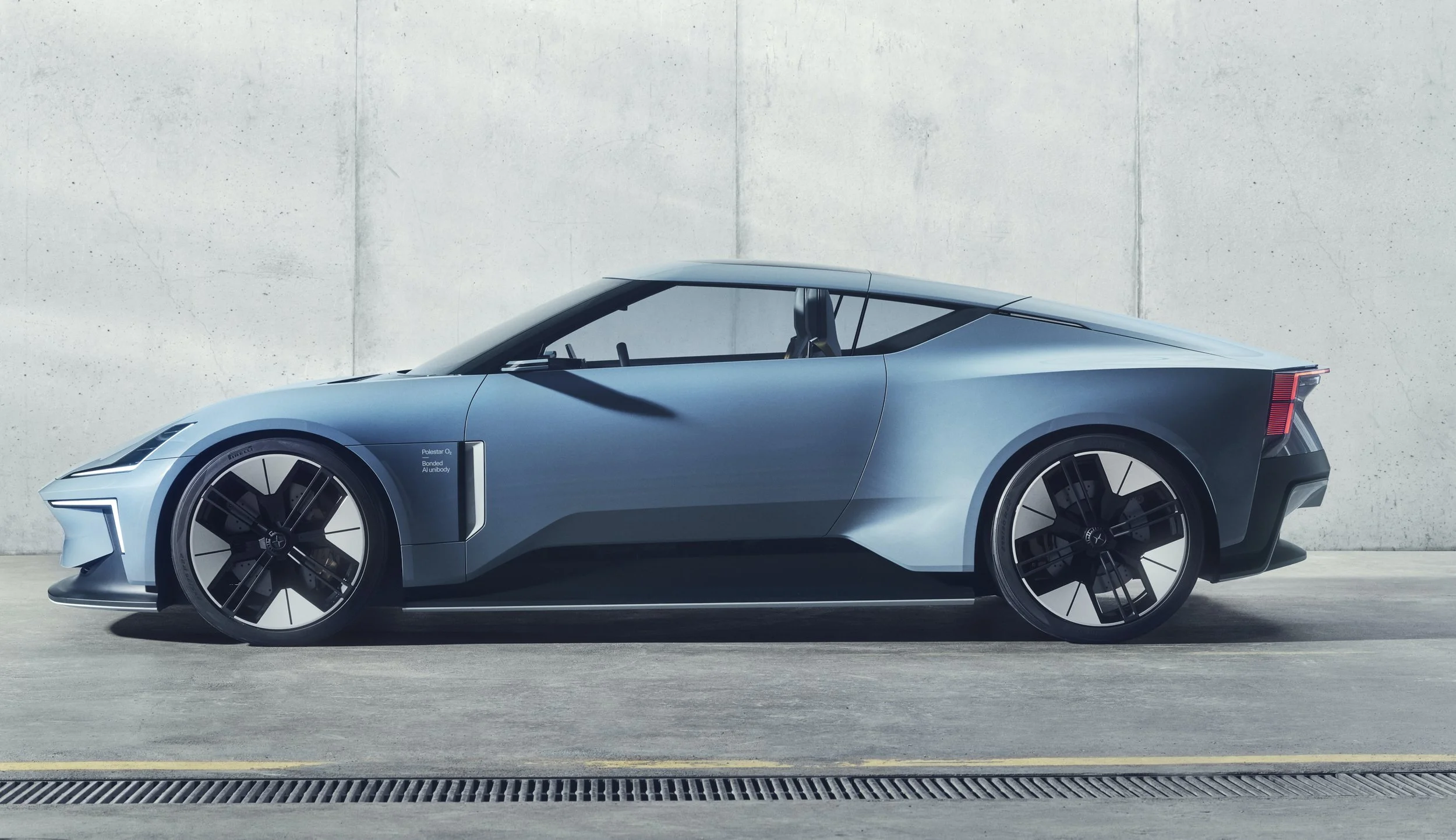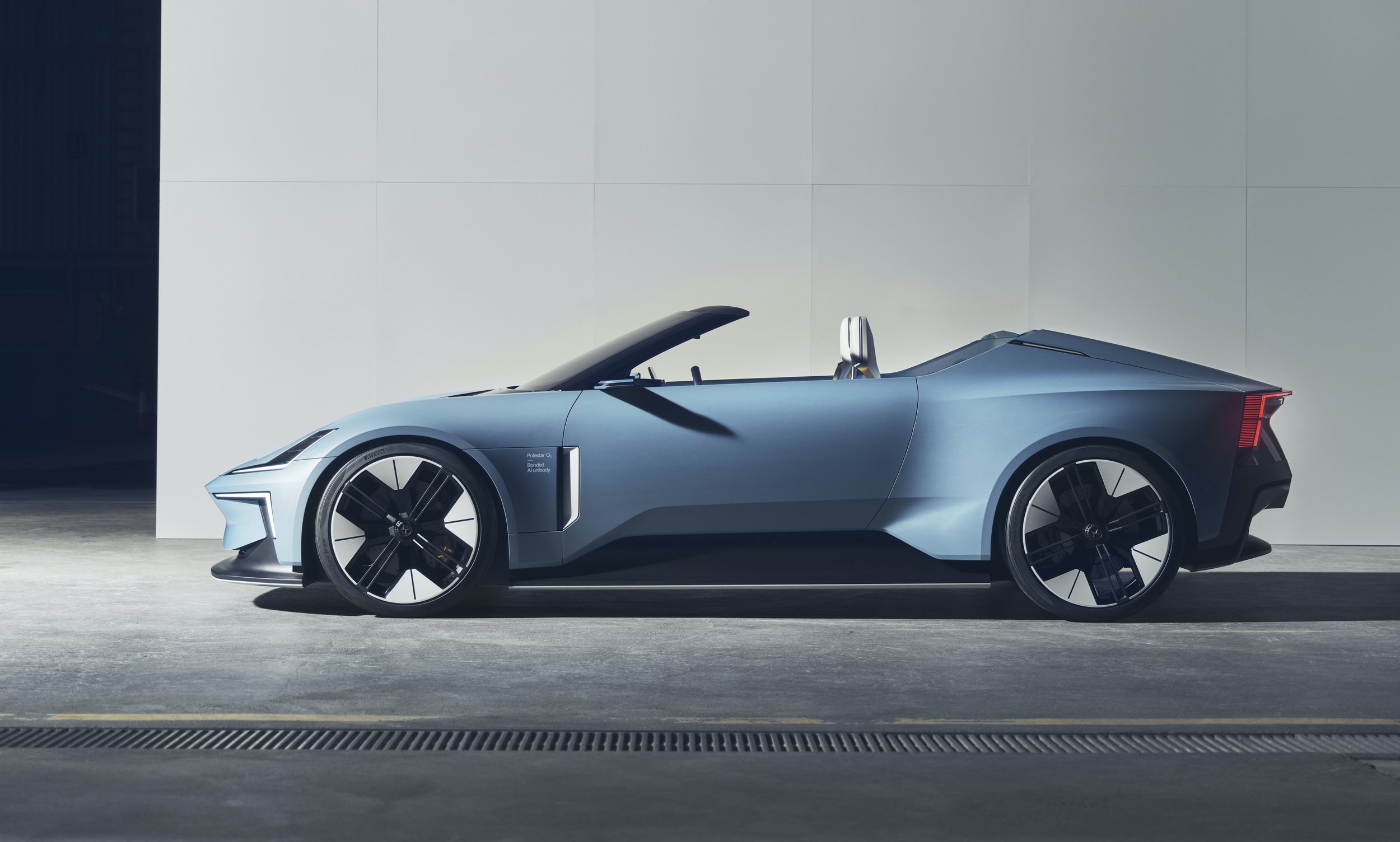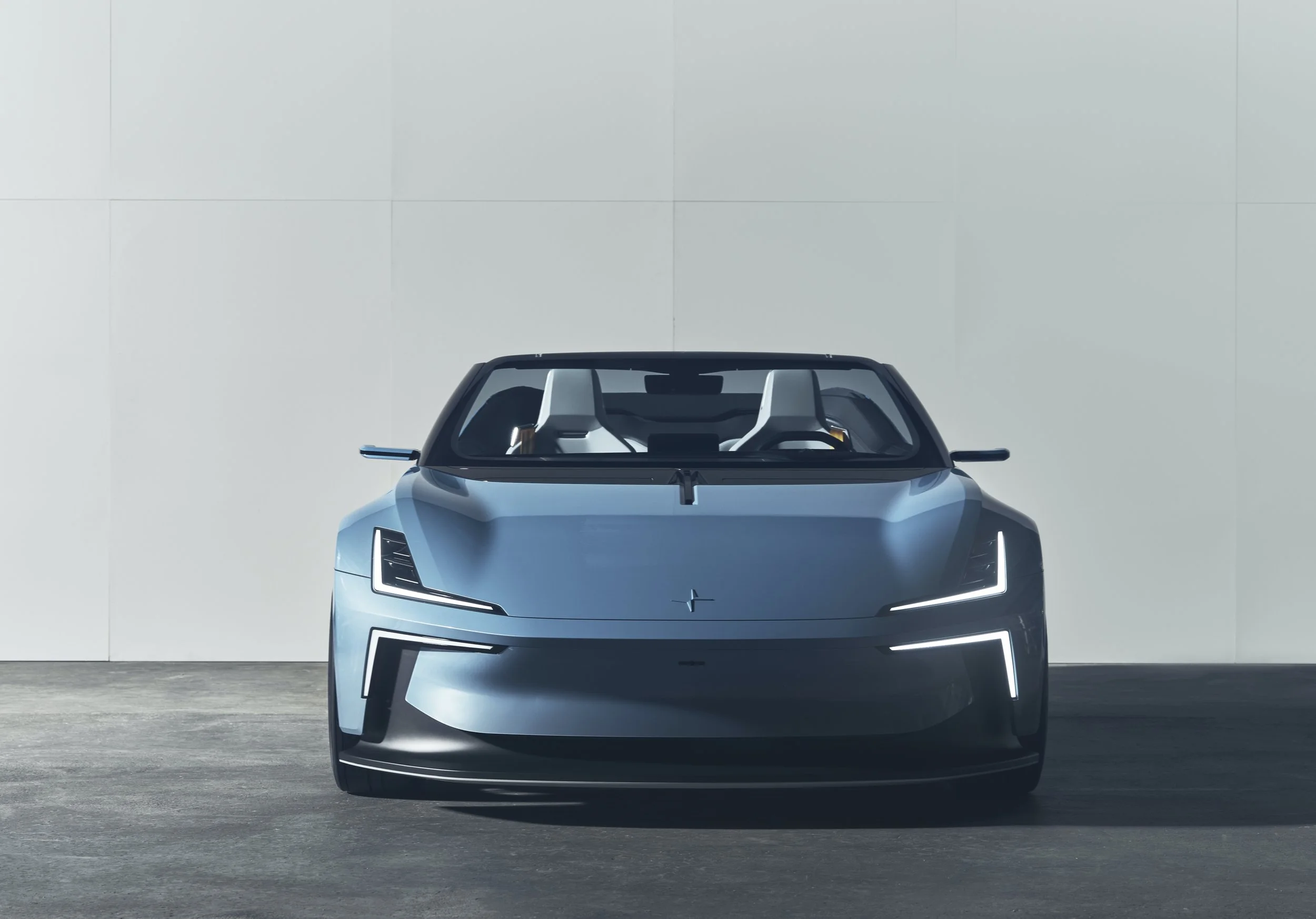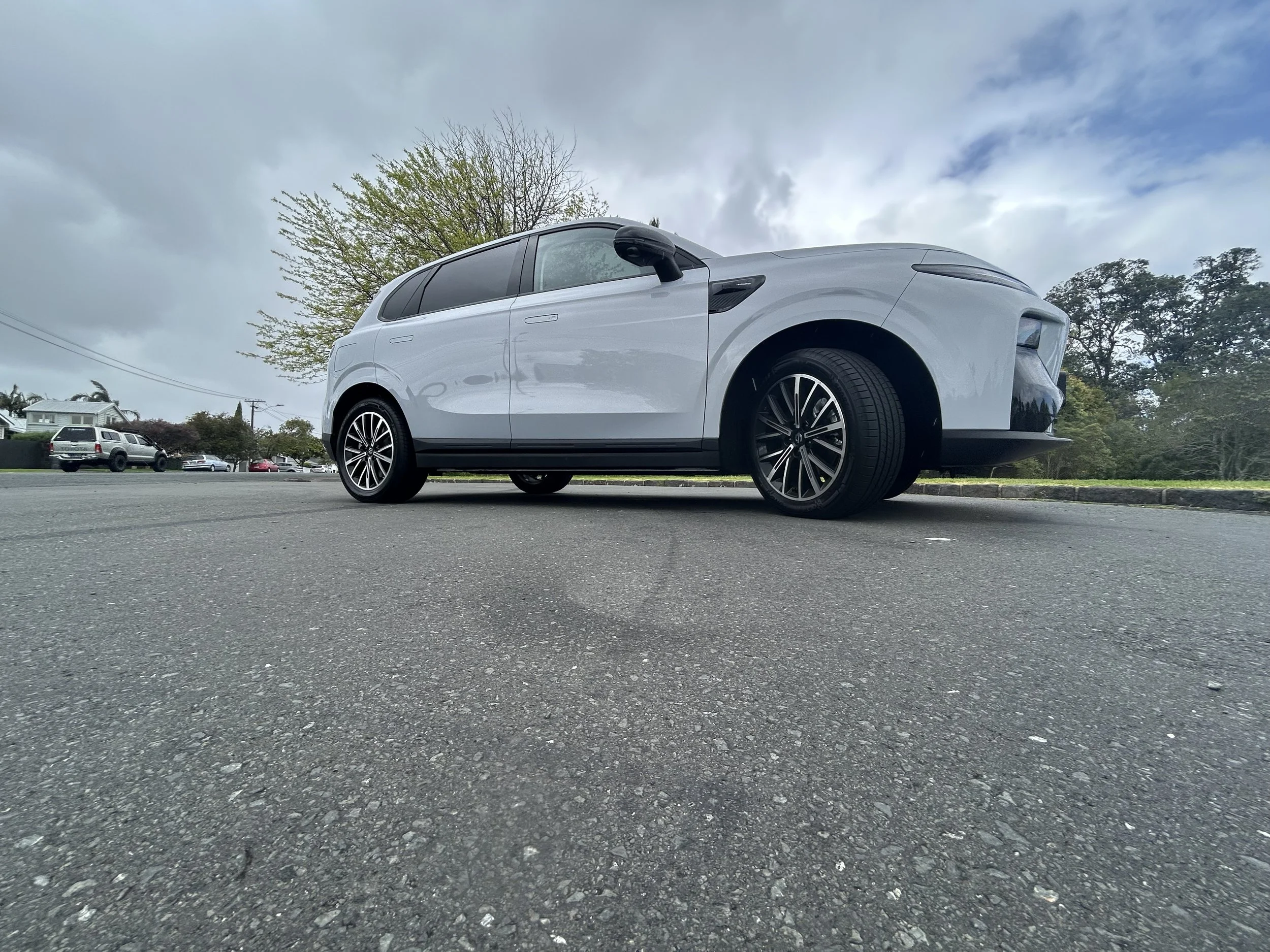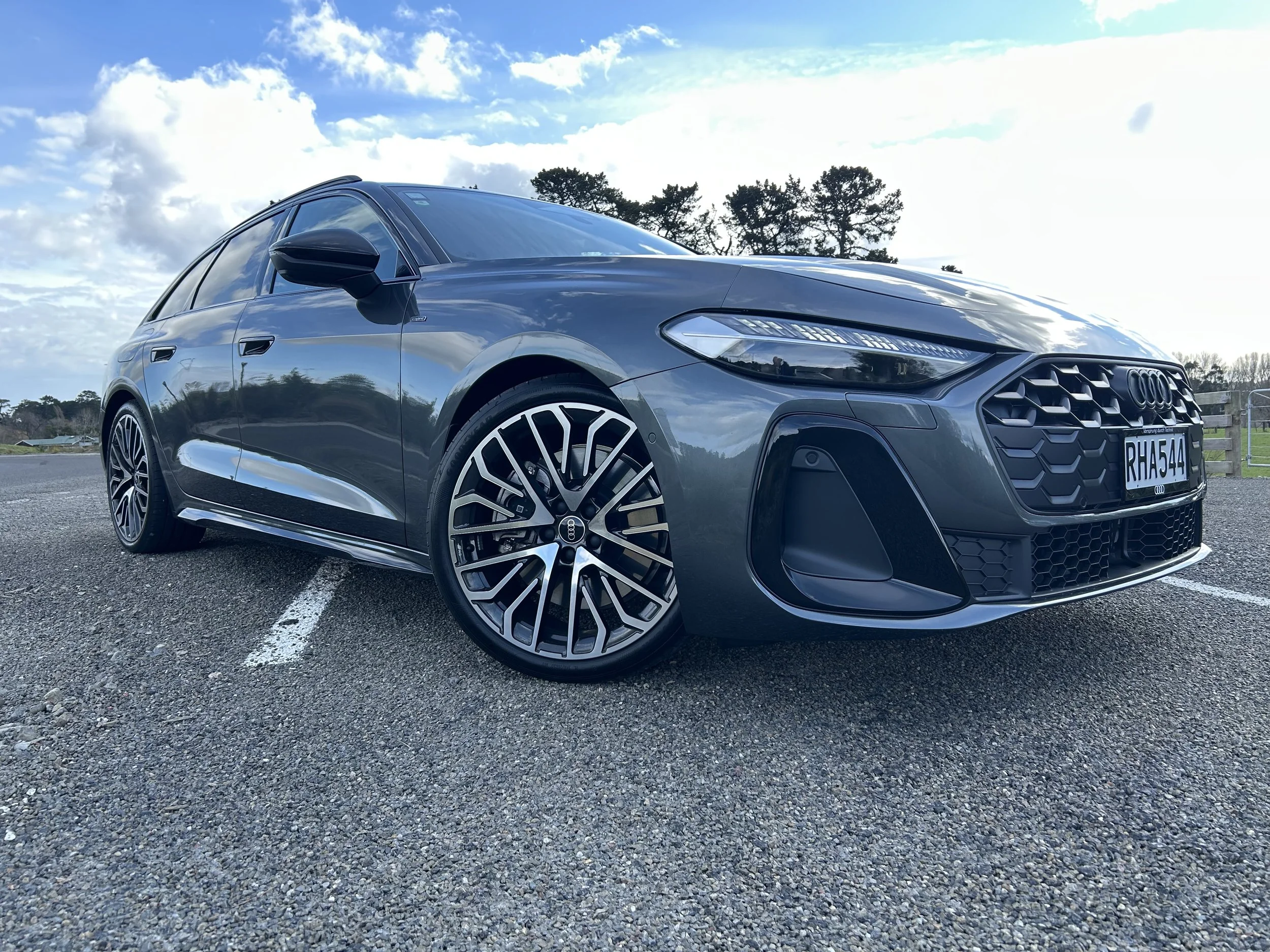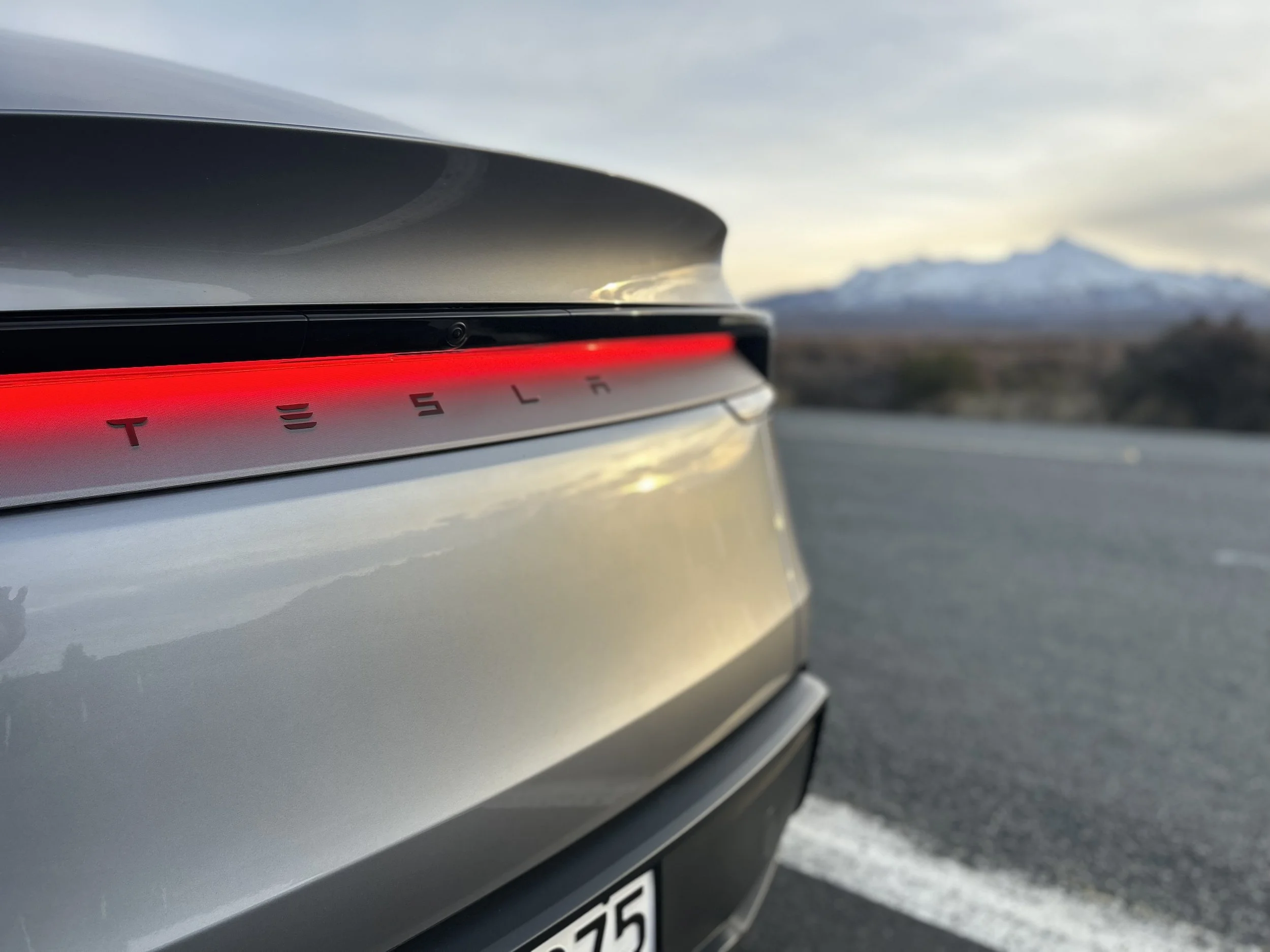Polestar opens up with 02
/Sino-Swedish electric carmaker reveals rakish roadster concept
WITH Polestar having committed the design study donor as a future production model, what chance of an al fresco spin-off also one day being realised for road use?
That question has yet to be answered directly by the electric car maker.
However acknowledgement that the sweet-looking O2 hardtop convertible concept it has just revealed owes a lot to its well-received Precept show car (below) of 2020 is no bad thing.
It has, after all, only recently promised the Precept will transition into a true production vehicle by 2024 – as the Polestar 5 - with only minimal design changes.
If they are so keen on a rakish sedan, why not also take a plunge a convertible wrought in very much the same design language, ostensibly as a conceptual ‘halo car’ to showcase the Sino-Swedish company's design capabilities?
They’d look good together. Even though the convertible is lower, wider and more muscular with a low greenhouse and roofline, tapering away towards the rear with buttressing on both sides, it picks up Precept’s signatures.
Specifically, these being the short overhangs, sharp nose, front light signature and rear lights functioning as air blades to reduce aerodynamic turbulence.
Underpinning both is the same aluminium bonded chassis used by the Polestar 5. This not only results in an overall weight reduction, making the car more efficient as well as improving handling and driving dynamics, but is an environmental move. All aluminium components are carefully labelled so that they can be recycled according to their grade.
The open car’s interior also sees the use of recycled and recyclable material such as the 'mono-material' used as the base for the interior thermoplastics, as well as the recycled polyester used for the soft furnishings such as the seats and covers.
One of the O2's headline features is the inclusion of an integrated autonomous cinematic drone. Developed in conjunction with Aerofugia (another subsidiary of Polestar's parent company Geely), Polestar's engineers designed an aerofoil that rises behind the rear seats to create a calm area of negative pressure, enabling the drone to take off unhindered.
Once airborne, the drone can follow the car at speeds of up to 90kmh recording the vehicle and its surroundings, for instance when driving through a scenic area or hustling through a tricky set of corners.
The drone can then return to the car, where its video footage can be edited and uploaded to YouTube via the car's central screen.
“We wanted to emphasise the experience you can have with a car like the Polestar O2 in new and unusual ways,” says O2’s designer, Maximilian Missoni, in respect to this.
“Integrating an autonomous cinematic drone was something that allowed us to push the boundaries on the innovation front.
“Not needing to stop and off-load the drone before filming, but rather deploying it at speed, is a key benefit to this innovative design.”
One reason for showing the 02 now is to deliver expression of the company's capabilities as it attempts to attract investors ahead of an upcoming stock market listing on the NASDAQ.
"Polestar O2 is the hero car for our brand,” says brand boss Thomas Ingenlath.
“It opens the door to our secret chamber of future potential. This is a taste of what we can design and engineer with the talent and technology we have in-house. It looks incredible, and being able to lower the roof and not hear an engine promises a superb sensation.”
The company has big plans for new cars over the next three years. This year should see the launch of the Polestar 3, a medium-sized SUV, and the Polestar 4, a smaller SUV, is due in 2023.



